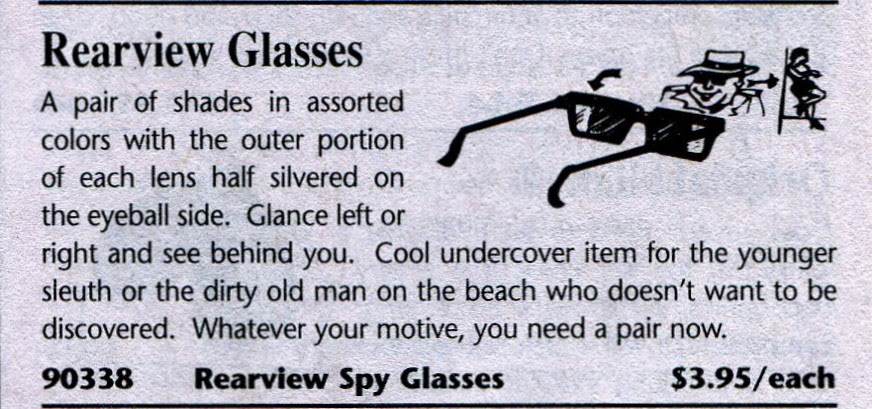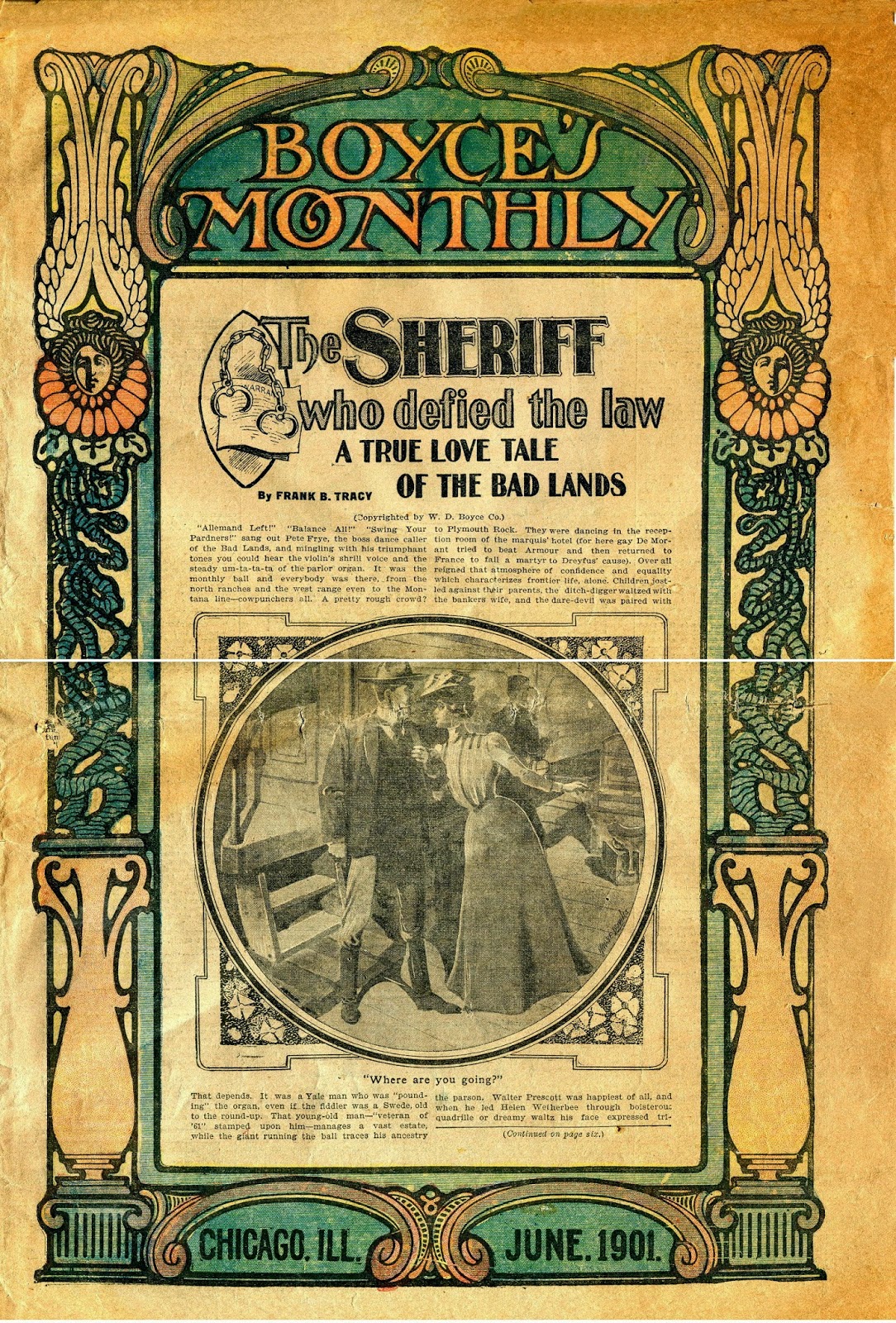I call these "montages." If there's an actual, official name for them, I'd love to know. Anyway, I've been encountering them constantly in magazines of the late 19th century, and they're so tantalizingly close to 20th-century comic book layouts, I want to
call them comics. Certainly, they'd be at home in a modern Sunday comics section.
Observe the way that text and art intertwine--interact, even--in these. A bridge between early comic strips and modern comic magazines?
From 1887 issues of
The Youth's Companion, an 1880 issue of
Golden Hours, and the Feb., 1890 issue of
Wide Awake. Coolest of all is the third
Youth's Companion piece, "The Pussy and the Turtle," which looks (and reads) like Dr. Suess!
Scans by me from magazines in my overflowing collection:
The Youth's Companion, Oct. 29, 1887 (above).
The Youth's Companion, Oct. 6, 1887 (above).
The Youth's Companion, June 16, 1887 (above).
The Youth's Companion, May 12, 1887 (above). How close to a comic book page can something get?
Golden Hours, October, 1880 (above). Situated in the middle of a short story. Note the bulletin board motif! It features characters and scenes from the text.
Wide Awake, Feb., 1890 (above). This cries out to be converted to modern comic book format!
Lee






























